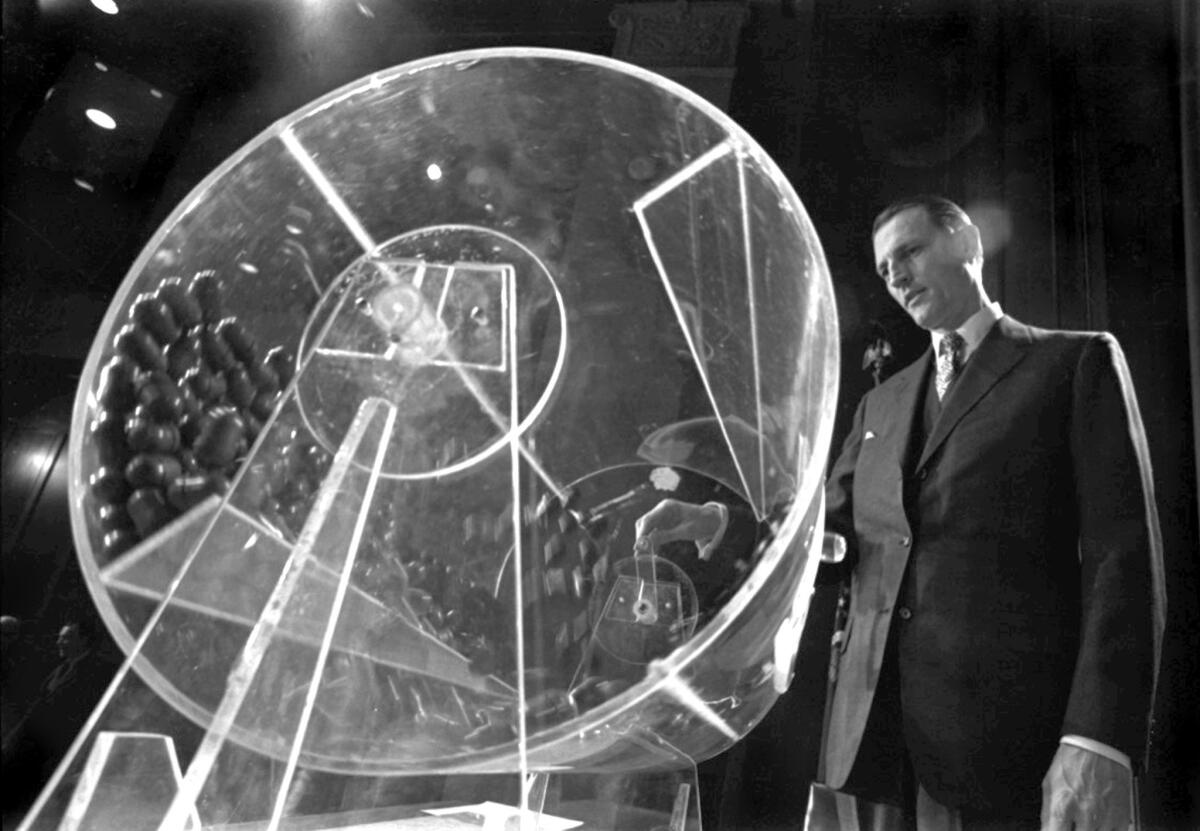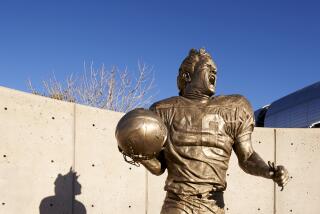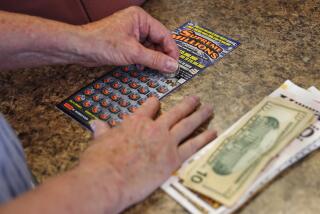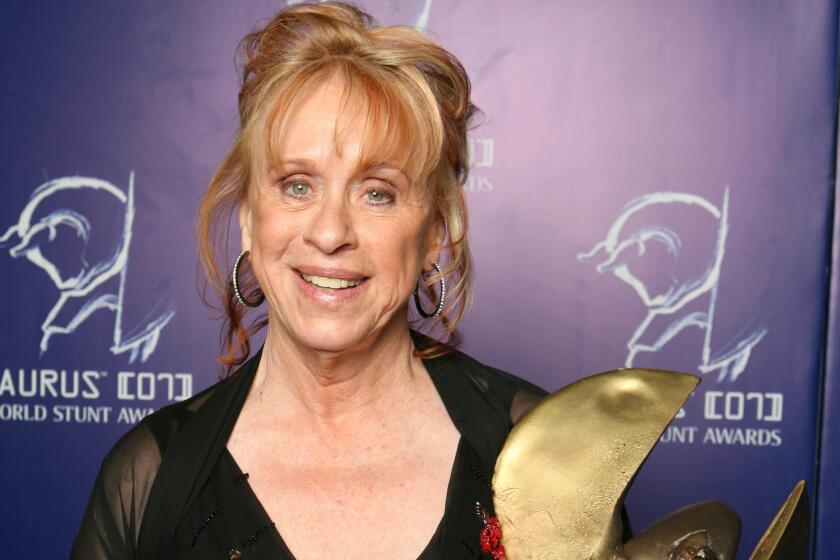Curtis Tarr dies at 88; switched military draft to lottery system

Curtis Tarr, the director of the U.S. Selective Service System who altered the lottery for the draft during the Vietnam War to make the process more random, died June 21 of pneumonia at his home in Walnut Creek, Calif. He was 88.
His death was confirmed by a daughter, Pam Tarr of Valley Village.
About three months after the first draft was held on Dec. 1, 1969, President Nixon appointed Tarr to oversee the Selective Service System. At the time, government sources said they believed Tarr, then 45, had been chosen for his experience dealing with young people as president of Lawrence University in Wisconsin and because of his own relative youth.
Before the lottery was introduced as the war was winding down, local draft boards controlled who was called up. The lottery system was much fairer and more efficient, according to Dick Flahavan, a Selective Service spokesman.
In the first draft lottery, capsules with a year’s worth of birth dates — month and date — were drawn one at a time from a large glass container. Draft-eligible men with the same birth date as the first one drawn were the first on the call-up list, the second birth date the second, and so on. Still, there were bitter complaints afterward that the capsules had not been mixed up well enough to ensure randomness.
To make the process “truly impartial,” Tarr introduced a “double-draw lottery” that employed two drums — one with red capsules assigned 365 different birth dates and another with green ones numbered from 1 to 365. First a birth date was drawn, then a priority number; when paired, they determined the order eligible men would be called up.
Worked out by mathematicians, the procedure appeared to result in “true randomness,” The Times said in 1970 after the second lottery had been held. No month had been exhausted of dates until the 335th drawing. The No. 1 priority date, July 9, had been the 11th capsule drawn.
“It obviously was a big deal for young men who were of the appropriate age,” Flahavan said. “Lotteries and birth dates meant a lot in those days and were tracked on all the campuses.”
Born Sept. 18, 1924, in Stockton, Tarr served in the Army in Europe during World War II. Upon his return, he earned a bachelor’s degree from Stanford University in 1948, a master’s in business administration from Harvard University in 1950 and a doctorate from Stanford in 1962.
He was president of Lawrence University from 1963 to 1969 then briefly served as assistant secretary of the Air Force for manpower and reserve affairs before joining the Selective Service.
While there, he unsuccessfully pushed to eliminate college deferments for the draft. He did reduce the number of conscientious objectors by changing the guidelines for who qualified, his daughter said.
He left the post in 1972; by then, the military’s need for recruits was being satisfied with volunteers.
After spending a year as undersecretary of State for security assistance, a position that gave him responsibility for military programs with other nations, he worked in management for Deere & Co., Cornell University and Intermet Corp.
People still approach his daughter to share draft cards that bear her father’s signature.
He would probably say that overseeing the draft “was one of his greatest responsibilities,” she said. “He was a very principled man, and in every position he had, he wanted to do what was right.”
In addition to his daughter, the twice-divorced Tarr is survived by Mary Katherine Tarr, whom he married in 1992; and another daughter, Cynthia Tarr of Sonoma.
More to Read
Start your day right
Sign up for Essential California for the L.A. Times biggest news, features and recommendations in your inbox six days a week.
You may occasionally receive promotional content from the Los Angeles Times.






